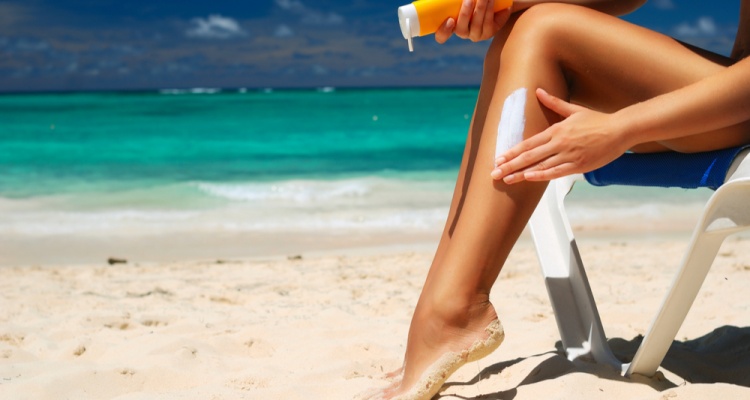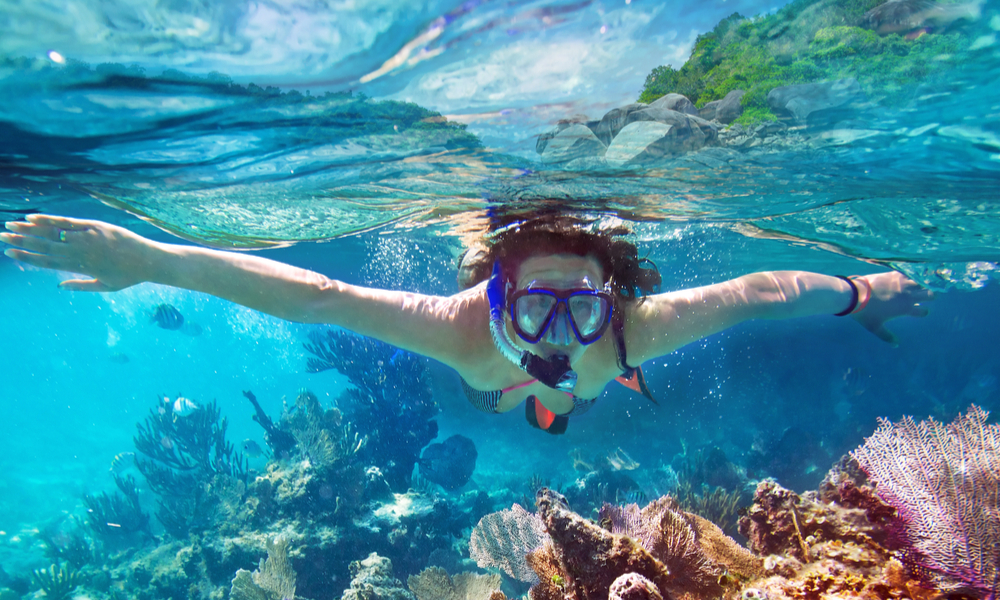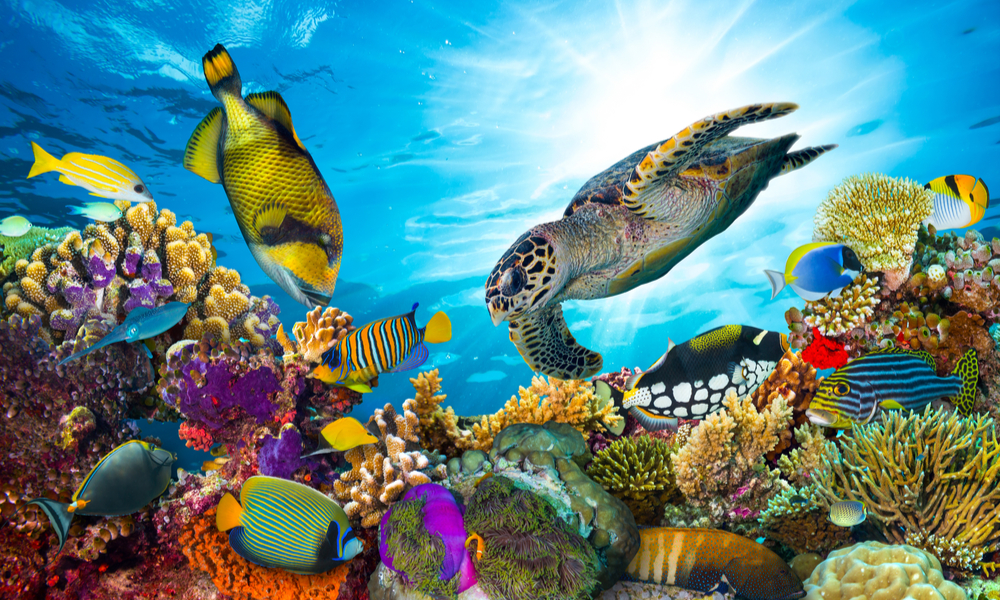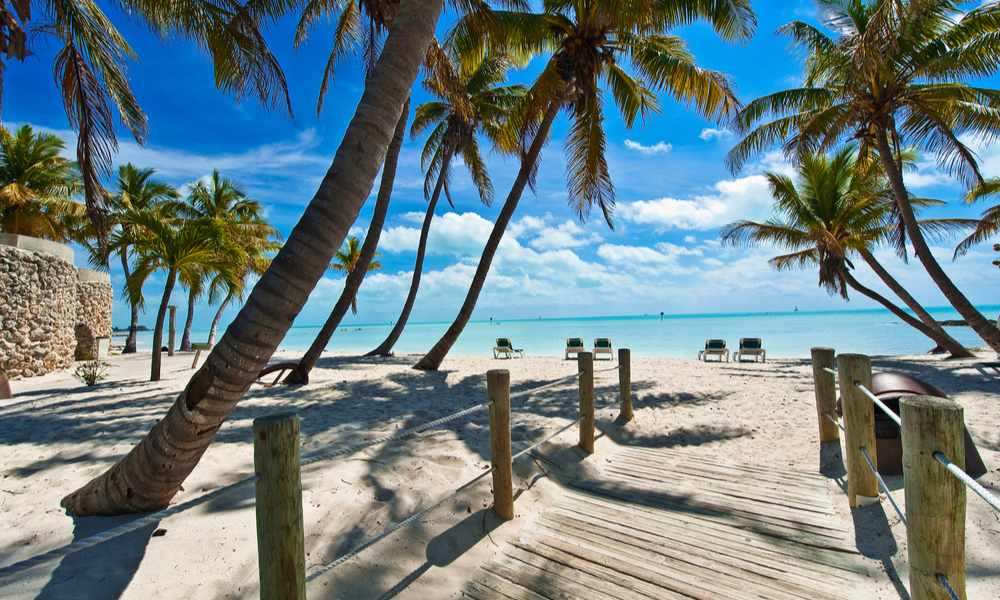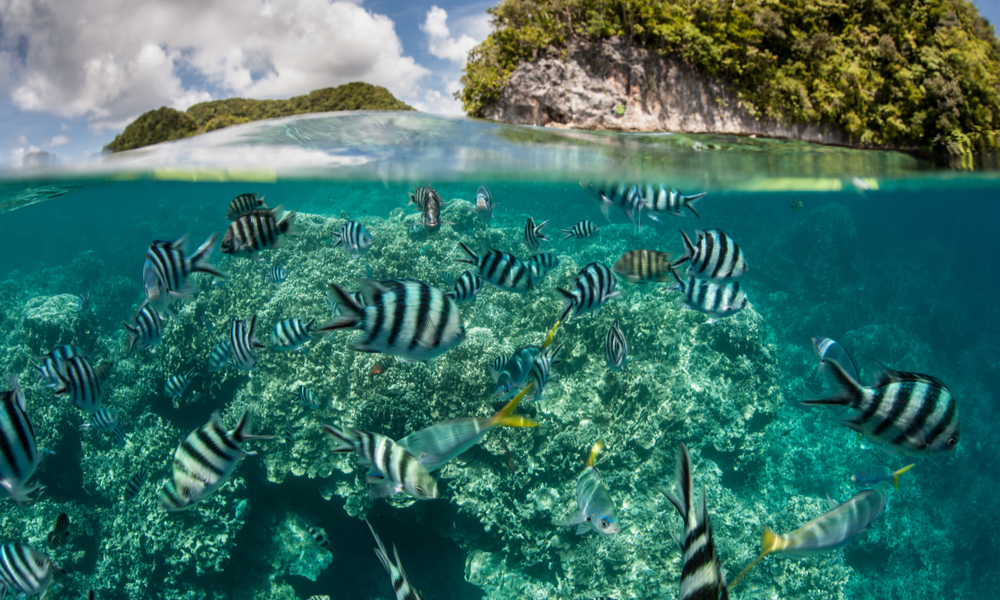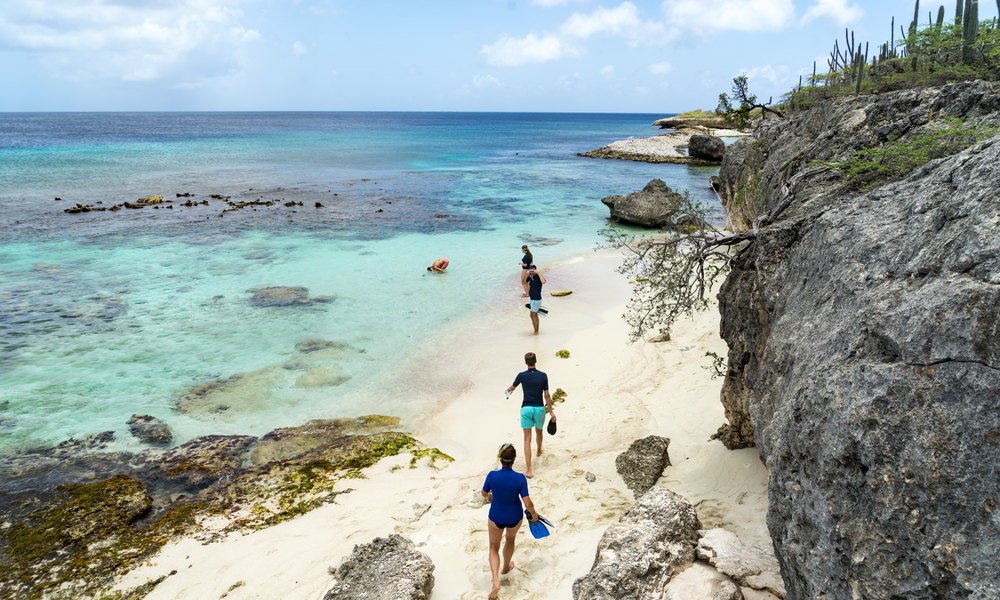It’s the small movements in today’s society that can make a large impact on keeping our oceans and environment safe and clean. If you haven’t already noticed, many restaurants and businesses have taken the initiative to eliminate the use of plastic straws and have been cutting plastic six-pack rings apart to save marine life. But have you ever thought about how harmful your sunscreen can be to the planet’s oceans, too? Sure, it’s crucial to apply SPF especially when on an island and exposed to a strong UV index, but you should know, not all sunscreens are safe for the coral reefs and sea life. Ever notice the slimy film that coats the top of a swimming pool or the ocean when you jump in with sunscreen or tanning oil on your body? That’s the film that eventually can reach the coral reefs bleaching and potentially killing them. With that said, tourist hot spots are starting to enforce a sunscreen ban to stop harmful sunscreen use to protect life under the sea.
How do you know if your sunscreen is safe for the ocean? Check the ingredients listed on your sunscreens. If they include oxybenzone and octinoxate ditch them. Look for ingredients such as zinc oxide or titanium dioxide. These harsh chemicals such as oxybenzone and octinoxate can seep into the ocean’s coral reefs from swimming or even applying an aerosol sunscreen on the sand. The sunblock that lands on the sand can be sent into the ocean when the tide comes in. Nonbiodegradable sunblocks have begun to bleach coral reefs, preventing them from reproducing, aka killing the coral reefs forever.
Some travelers have taken the initiative to use only biodegradable sunscreens. If the destination you’re traveling to hasn’t banned certain sunblock’s try to use an appropriate sunscreen anyway to help the ecosystems!
It’s better to be safe than sorry. After spending money on sunblock, you don’t want to arrive at your destination to be told that you must use biodegradable sunscreen available for a pretty penny at the gift shop.
Mexico
A sunscreen ban may not be official in Mexico, but if you find yourself here and are asked to use a different sunblock don’t be surprised. The locals care very much about their coral reefs and marine life. Tourist attractions such as Xel Ha, Xcaret Park, Garrafon Natural Reef Park request for visitors to use natural sunscreens when in the natural waters and swimming with marine animals.
Hawaii
It’s a no-brainer that Hawaii has an abundance of coral reefs and marine life species, which is why nonbiodegradable sunscreens are going to be banned here beginning in 2021. Makeup with SPF and cosmetic products are not included in the ban as well as sunscreen used for medical purposes, so don’t fret!
Key West, Florida
If you’re not aware, Key West is home to the largest and only living coral reef in the continental US. It’s the third largest in the world and like Hawaii’s ban, Key West will stop selling harmful sunscreens that are drying out the coral reefs in all stores starting in 2021.
Palau
This archipelago of over 500 islands located in the western Pacific Ocean will be the first country to put a ban on nonbiodegradable sunscreen use in 2020. This country is taking a stand and will fine businesses up to $1,000 for selling harmful sunscreens. Palau hopes to encourage tourists to make the right choice on which sunscreen to use to protect the coral reefs.
Bonaire
By 2021 the island of Bonaire will officially stop the sales of sunscreens that include oxybenzone, octinoxate and any other threatening chemicals that will harm the coral reefs. The Caribbean has seen a peak in coral reefs dying and disappearing since 1980 due to toxic waste in the ocean.
Have you been somewhere with a sunscreen ban? If so, tell us where in the comments below!

